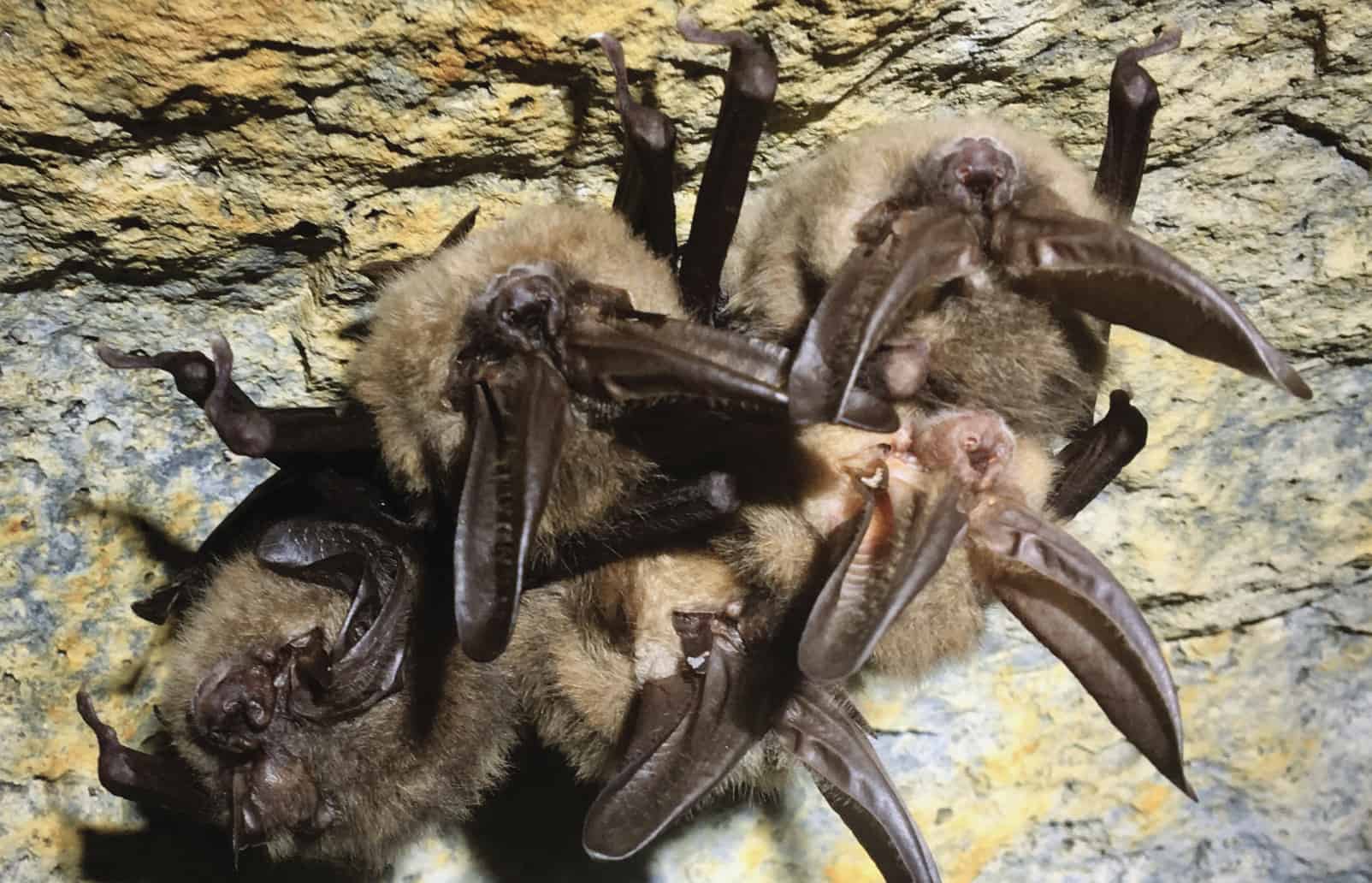Share this article
Success stories show value of conservation efforts
Wildlife conservation faces challenges around the world, but conservationists can celebrate several important success stories. That is the theme of this year’s annual conference, TWS’s 25th annual conference, and it was underscored by speakers at Monday’s opening plenary
“As you all know, there’s no end of crisis,” said TWS President John McDonald as he introduced the speakers. “There are lots of problems in the world, both in our sphere of conservation and in the world at large. … I thought it would be important, particularly at our anniversary meeting like this, to have a theme that focuses on some of the actual success stories.”
Plenary speakers shared the story of three species that have come back from the brink of extinction thanks to conservation efforts: the Kirtland’s warbler, snow leopard and North American river otter.
These are “remarkable conservation success stories,” McDonald said, “that were not accidental. These were not serendipitous things where things weren’t as bad as we thought they were. In some cases they were worse than we thought and goals were set that were very ambitious that we never thought we’d achieve in our lifetimes, and yet we’ve achieved them and surpassed them.”
The story of the Kirtland’s warbler begins nearby, when the bird was first identified in a farmer’s field outside Cleveland, said Carol Bocetti, professor of biological and environmental sciences at California University of Pennsylvania, a former leader of the recovery team working to restore the Kirtland’s warbler.
Although the bird was first identified on its migration path, it chooses a very specialized nesting habitat in successional jack pine forests, mostly in northern Michigan, Bocetti said. That specificity added to the challenge of recovering the species when biologists realized it was declining.
Habitat loss due largely to wildlife suppression, and nest depredation by brown-headed cowbirds, which came to the region following timber harvesting, was setting the warbler on a downward spiral. At its low point, in 1987, just 167 singing males were counted. Last year, that number had risen to almost 2,400, and its range has expanded.
Endangered species protections, habitat restoration and elimination of the cowbird helped bring back the Kirtland’s warbler, Bocetti said. Last April, the U.S. Fish and Wildlife Service proposed removing the bird from the endangered species list.
“That should be it. I could leave the stage and the story’s over,” Bocetti said.
But unlike most delisted species, the Kirtland’s warbler is “conservation reliant,” she said, and will need conservation measures forever, even if it’s delisted.
With a team set up to oversee conservation efforts and a nonprofit set up to raise funds for their efforts, she said, “we are confident that we have the structure necessary to sustain the species.”
Since the early 1990s, the snow leopard has also increased throughout its range in high mountain ranges across 12 countries in central Asia, from Siberia to Mongolia to the Himalayas. It’s a region populated by nomadic livestock herders, and “livestock is everything to these people,” Tom McCarthy, executive director of the snow leopard program at the nonprofit conservation group Panthera.
That can create serious conflicts over snow leopard conservation, he said. “Essentially, it’s livestock that allows people to live in this otherwise extremely harsh and very meager habitat.”
Conservationists set out to address some of their concerns so that snow leopards no longer presented such a threat and locals could see them as a resource. In Mongolia, they helped herders get their wool to a global market in exchange for pledges to not kill the cats or the wild ungulates they prey on. In Pakistan they trained veterinarians to treat livestock diseases and trained residents to guide managed ungulate hunts. In India, they helped build better corrals to protect livestock and trained locals to lead tourists to try to glimpse snow leopards.
“Suddenly this animal that used to be a nemesis is now something that’s bringing in tourists bringing in money,” McCarthy said.
A 2014 assessment by the International Union for Conservation of Nature found snow leopards should no longer be considered threatened and be listed as vulnerable. It was a controversial decision, McCarthy said, but it should be considered good news. The population is still declining, he said, but more than 2,500 are believed to exist in the wild.
“We’re certainly not going to end their conservation efforts,” he said. “They have to increase.”
North American river otters represent another success story, said Chris Dwyer, wildlife biologist with the U.S. Fish and Wildlife Service.
A 1973 status report Ohio found “little hope of ever having a viable population in the state,” he said.
Before European settlement, these otters were common throughout most of the continent, Dwyer said. After disappearing from much of their former range, they were delisted in 1994 and today occupy every state in the contiguous United States and Alaska. That includes the area around Cleveland, where waterways have been restored after the Cuyahoga River was once so contaminated it caught fire.
“It’s a tremendous success story,” Dwyer said, “even in an area that’s been heavily impacted.”
Several awards were handed out prior to the start of the Plenary:
Honorary Member: John F. Organ
Caesar Kleberg Award for Excellence in Applied Wildlife Research: Olin E. Rhodes, Jr.
TWS Fellows: Jenniffer Bakke, Steven B. Castleberry, Calvin W. DuBrock, Kathleen Granillo, Kevin W. Hunting, Craig A. Miller, Terra Rentz, Mark D. Smith, Lowell Suring
Header Image: TWS President John McDonald opens up the first plenary session of the 2018 TWS Conference in Cleveland.








